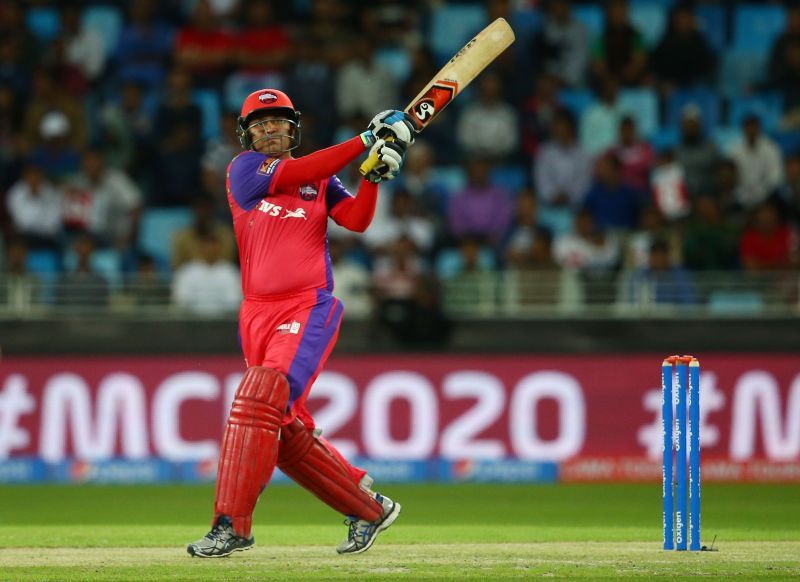
5 dream cross-generation opening batting combinations that we'll never get to see in ODIs
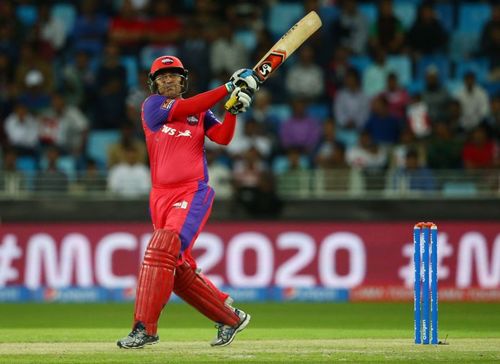
Over the years, one of the biggest revolutions that have happened is at the top of the order in ODI cricket. While circumspection was the watchword during the latter part of the 70s and throughout the 80s, a significant paradigm shift occurred in the 90s, which saw teams stacking aggressive batsmen as openers. During the course of the last few years, plenty of stroke-makers have begun to queue up for fancying themselves against the new-ball on flatter pitches and shorter boundaries.
In no particular order, here are five dream cross-generation opening batting combinations that we will never have the fortune of witnessing in ODIs. Only batsmen, who have scored at least 1000 runs as openers, are considered for this feature.
#5 Virender Sehwag and Rohit Sharma
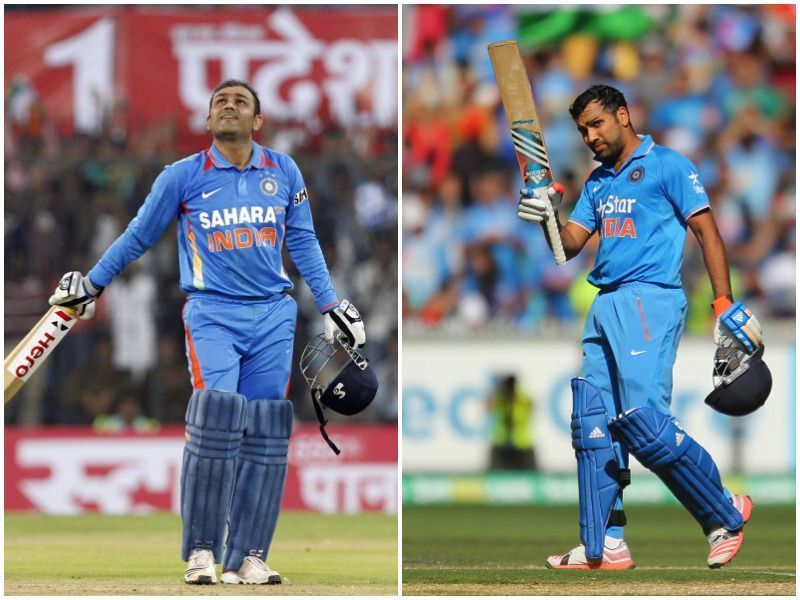
Not the one to care about numbers or reputations, Virender Sehwag's presence at the top of the order was enough to intimidate most bowlers. The sight of Sehwag dispatching the first ball of the innings to the boundary ropes was quite common when he was at the peak of his powers. The 'Nawab of Najafgarh' combined with Sachin Tendulkar to form a reliable opening combination for India. While he often provided those electrifying starts, the legendary Mumbaikar could utilise the platform and control the flow of the innings.
In sharp contrast to Sehwag's no-holds-barred approach right from the outset, Rohit Sharma may take a considerable amount of time before showing his full repertoire of shots. The elegant right-hander believes in weathering the new-ball storm and getting himself acquainted with the pace of the surface during the early stages of the innings. However, once he gets himself in, Rohit has the ability to demoralise bowling attacks by amassing huge scores at a rapid pace. It is pertinent to note that he played 39 ODIs alongside Sehwag. However, they never opened together on even one of those occasions.
Statistics as openers
Virender Sehwag - 7518 runs from 214 ODIs at an average of 36.49 with 14 centuries and 35 fifties
Rohit Sharma - 7148runs from 140 ODIs at an average of 58.11 with 27 centuries and 31 fifties
#4 Marcus Trescothick and Alex Hales
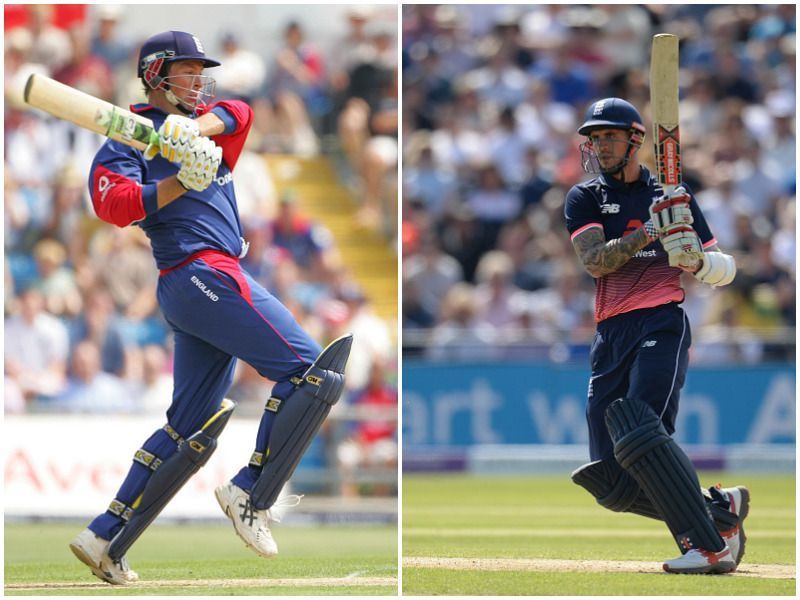
During an era where England remained a middle-tier ODI unit at best, Marcus Trescothick came across as a breath of fresh air with his scintillating shot selection at the top of the order. Upon making his debut against Zimbabwe at The Oval in 2000, the stylish left-hander continued to be an explosive package until a stress-related illness brought his career to a premature halt in 2006. In a lineup filled with stodgy occupants of the crease, he stood apart with his dynamic approach to batting.
Following the humiliating defeat at the hands of an unfancied Bangladesh team and the accompanying embarrassing group-stage exit in the 2015 World Cup, England have managed to revamp their ODI team by stacking the lineup with ultra-aggressive batsmen. Foremost of those is Alex Hales. The right-hander, whose towering presence at the crease often unnerves new-ball bowlers, has carved out a reputation of being a dangerous opener capable of taking the game away rapidly. If he had belonged to the previous generation, Hales could have bolstered England's top-order during the early to mid-2000s alongside Trescothick.
Statistics as openers
Marcus Trescothick - 4335 runs from 123 ODIs at an average of 37.37 with 12 centuries and 21 fifties
Alex Hales - 1974 runs from 53 ODIs at an average of 38.70 with five centuries and 12 fifties
#3 Nathan Astle and Martin Guptill
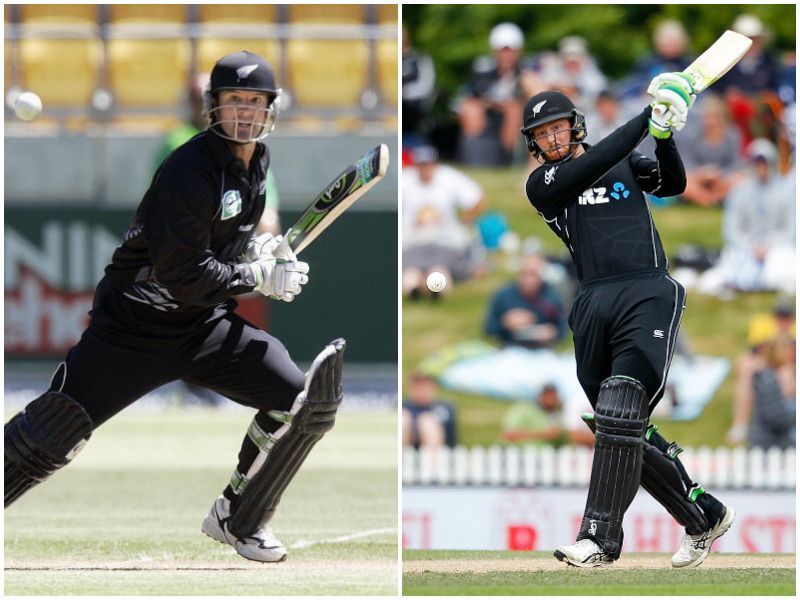
The sheer delight of watching Nathan Astle bat can be discerned from the sweet sound emanating as a result of his delightful timing. Apart from being a menacing opening batsman, he could also double up as a handy medium pacer as well as a reliable fielder. The all-rounder formed a consistent opening combination with his skipper Stephen Fleming. Much ahead of his time, Astle's entertaining style of batting would have also made him a crowd puller in the various T20 leagues currently prevalent in the game.
Be it those flat pitches on small grounds in New Zealand or the contrasting bowler-friendly surfaces backed by larger venues in other parts of the word, Martin Guptill has the wherewithal to leave behind large debris by tearing into the opposition bowlers. Even though he has a slight weakness against quality swing bowling, the flamboyant right-hander continues to make merry in an era designed to evoke majestic batting. His unbeaten 163-ball 237 during the 2015 World Cup quarterfinal at Wellington is comfortably the highest individual score in the history of ICC events.
Statistics as openers
Nathan Astle - 6176 runs from 191 ODIs at an average of 34.89 with 14 centuries and 37 fifties
Martin Guptill - 6218 runs from 161 ODIs at an average of 44.09 with 16 centuries and 32 fifties
#2 Gordon Greenidge and Chris Gayle
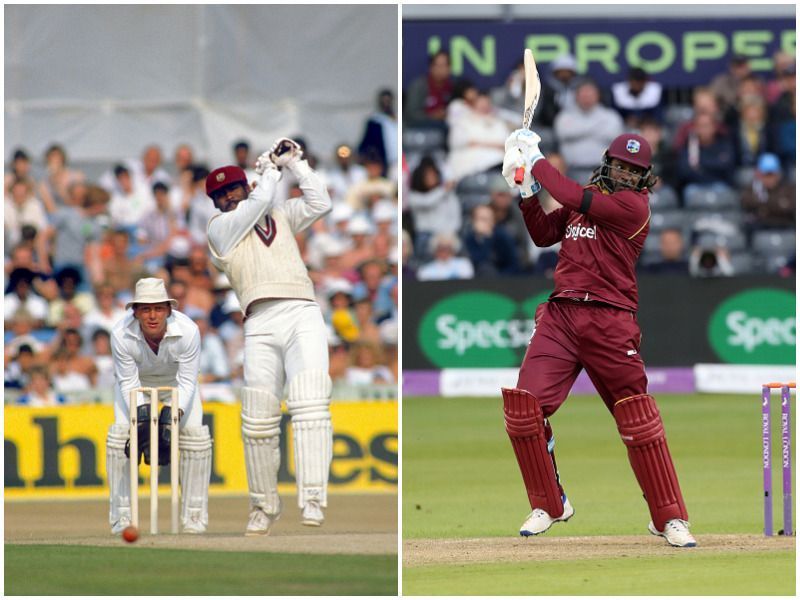
When Gordon Greenidge began to limp, opposition bowlers started to shiver at the thought of the mayhem that was about to follow. His opening pairing with fellow Desmond Haynes was undoubtedly the most feared such combination during the 80s. Greenidge's fiery stroke-play went a long way in setting the platform for West Indies to pile on massive totals and dominate the game. His strike-rate of 64.65 might seem quite underwhelming for those who have not watched him play. Considering the nature of pitches as well as the dwindling number of world-class bowlers in the current era, the opener could have set the stage on fire if he had debuted during recent times.
Factoring the archetypal right-left combination, Chris Gayle could have formed an intimidating association with Greenidge. With his minimal footwork as well as the stand-and-deliver approach to batting, the burly Jamaican may not be a traditionalist's cup of tea. Yet, his capability to trigger palpable excitement makes him one of the most popular cricketers in the modern era. Despite being in the final lap of his commendable career, Gayle continues to command endless media attention. The southpaw's excellent hand-eye coordination and entertaining shot-making may explain the aura behind him.
Statistics as openers
Gordon Greenidge - 4993 runs from 120 ODIs at an average of 45.39 with 11 centuries and 31 fifties
Chris Gayle - 10179 runs from 280 ODIs at an average of 39.45 with 25 centuries and 53 fifties
#1 Adam Gilchrist and David Warner
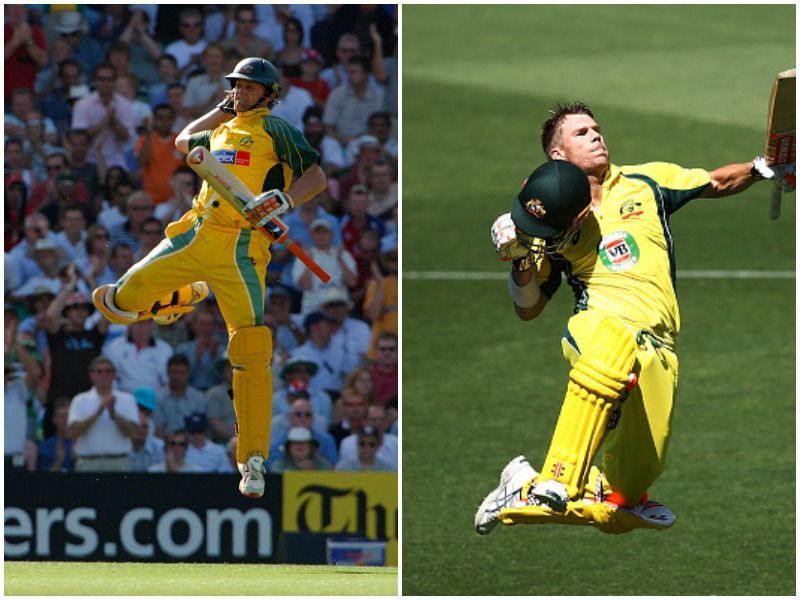
Adam Gilchrist's belligerent opening combination with Matthew Hayden was the cornerstone of Australia's exhilarating dominance during the early 2000s. Unlike in Tests where he strides in lower down the order, Gilchrist was utilised in a different role in ODIs by the team management. The wicket-keeper batsman's versatility enabled himself as well as his team to have the best of both worlds transcending across the two premier formats. His astonishing strike-rate of 98.02 during an era relatively favourable for bowlers can only provide a glimpse of the left-hander's ability to leave utter destruction in his wake.
Also Read: How Adam Gilchrist revolutionised ODI Cricket with his batting
While Hayden was an imposing presence at the crease and remained in sync with the gloveman, David Warner's significantly better strike-rate suggests that he could have made for a more attacking opening partnership with Gilchrist. For a batsman who rose through the ranks from the shortest format of the game, the stocky southpaw did not taste instant success in ODIs as he did in Tests as well as T20Is. However, he kept putting in the hard yards and gradually came into his own in the 50-over format too.
Statistics as openers
Adam Gilchrist - 9200 runs from 260 ODIs at an average of 36.50 with 16 centuries and 53 fifties
David Warner - 5246 runs from 122 ODIs at an average of 45.61 with 18 centuries and 21 fifties